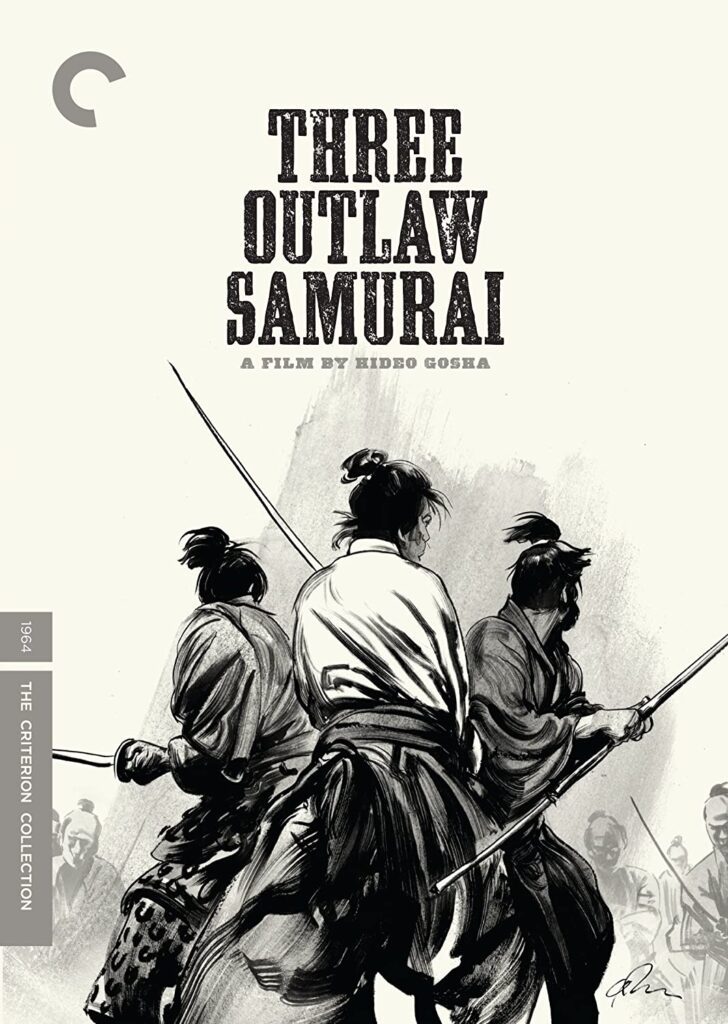
When peasants stage an uprising against their greedy local magistrate, they find an unlikely ally in the form of a drifter samurai. He’s not all that invested in their rebellion, but chooses to side with them primarily because he spent a night lodging under the same roof with them. In addition to the samurai, the peasants hold a very valuable trump card in the form of the magistrate’s hostage daughter, guaranteeing that the magistrate hears and responds to their demands for lower taxes. Unfortunately, his response is a heavily armed incursion against the peasants, spelling almost certain doom for them until the samurai defies the seemingly insurmountable odds by defeating all of the swordsmen sent to end the uprising.
Still stinging from his initial defeat, the magistrate peruses the current prisoners in his jail and finds another scruffy samurai who agrees to battle the peasant samurai in exchange for his release. The two samurai get into a brief skirmish that ends when scruffy samurai learns of the nature of the peasant uprising and promptly decides to also join the peasant cause.
So far so good for the peasants, but the magistrate secures a hostage ace of his own: the daughter of one of the peasants. When he and his troops parade her in front of the peasant encampment and threaten to kill her, the rebels are desperate to trade hostages and accept their punishment until the peasant samurai makes a pact with the magistrate agreeing to bear their punishment himself in exchange for complete amnesty and freedom for the peasants. Off to jail he goes, where he’s severely beaten and thrown in a dismal cell to die. Oh, and by the way, the evil magistrate was totally lying about granting amnesty to the peasants and promptly dispatches a hit squad to kill all of them. This doesn’t sit so well with a third samurai who has been sponging off the magistrate as an impartial freeloader, prompting him to assist the peasant samurai in his escape. As the film approaches its conclusion, the three outlaw samurai finally join forces together to take down the corrupt and dishonest magistrate.
There’s nothing all that memorable about the acting, with each of the samurai contributing serviceable but unremarkable performances. Likewise, the directing by Hideo Gosha is efficient and keeps the story firmly on track but offers little visual fireworks aside from above-average fight scenes. There’s one skirmish in a forest that is particularly effective, with individual fights taking place on an interesting perpendicular plane that has one pair battling left to right while the next pair battle front to back in the same forest space, crossing over the same area but never intersecting. Aside from that, the film is shot in a very straightforward manner and comes off rather bland from a technical perspective. Thankfully the underdog story is worth following to its rewarding conclusion.
The DVD image quality is great, with just a bit of murkiness and artifacting near the beginning that doesn’t carry through the rest of the film. The restored print is exceptionally clean in comparison to similar Criterion releases of the era. Sound is mono as usual.
This is the most bare-bones Criterion release I’ve ever encountered, thankfully with a significantly lower price point to match. There are no bonus features aside from a trailer, the title menu is just a static image, and only a brief essay in the booklet insert offers any further insight into the film. Three Outlaw Samurai is available on Criterion Blu-ray and DVD on February 14th, 2012. For more information, visit the Criterion website.